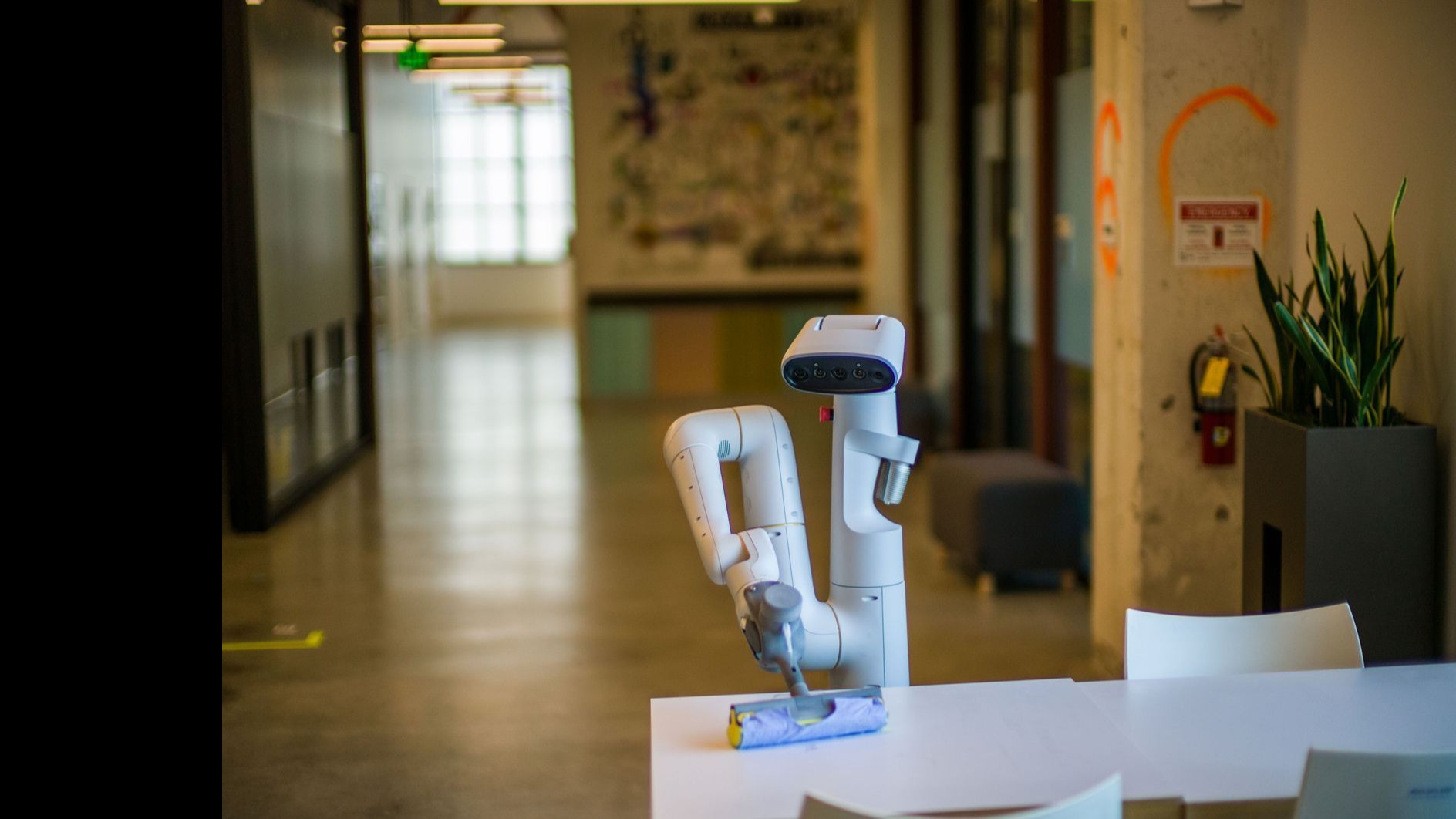通常、ロボットに対するプログラミングは、センサーから取得した情報に応じて、ロボットが何らかの反応をするように作られる。
Normally, robot programming is done so that the robot can respond based on information collected from sensors.
。
For example, If an obstacle is detected, avoid it.
。
However, I programmed Robopy so that it can act more freely. This includes meaningless movements, allowing it to perform a variety of actions.
。
I registered over 300 actions and set more than 700 rules to determine the order in which those actions appear.
。
As a result, a robot with diverse and unpredictable movements was created.
。
When things become this complex, even we—the very ones who created it—can no longer understand how each program works.
。
One day, while we were having a meeting in the lab, RoboPii suddenly recognized a sound, waved its hand, and started walking, saying, Thats not it.
。
Seeing that scene, we couldnt help but feel that it might have a will of its own.
。
Of course, thats just the internal program running.
。
However, it seems as if it is acting according to a consistent will.
。
At that moment, I was certain of one thing: the mind is a matter of the observer.
。
Many people think that they cant feel their own hearts.
。
しかし、動きが複雑になり、すべてを理解できなくなると、人は「これは自分とは独立して考え、動いている」と想像してしまう。
その想像に名前をつけたものこそ、「心」なのだ。
心とは、実際にモノの中に存在するものではなく、それを観察する側の想像によって生まれるものである。
人は相手の中に心を感じ、自分の中にも心があると思い込む。
だが、心は内省しても見つからない。
それは、相手を観察し、想像することによってのみ理解できるものである。

